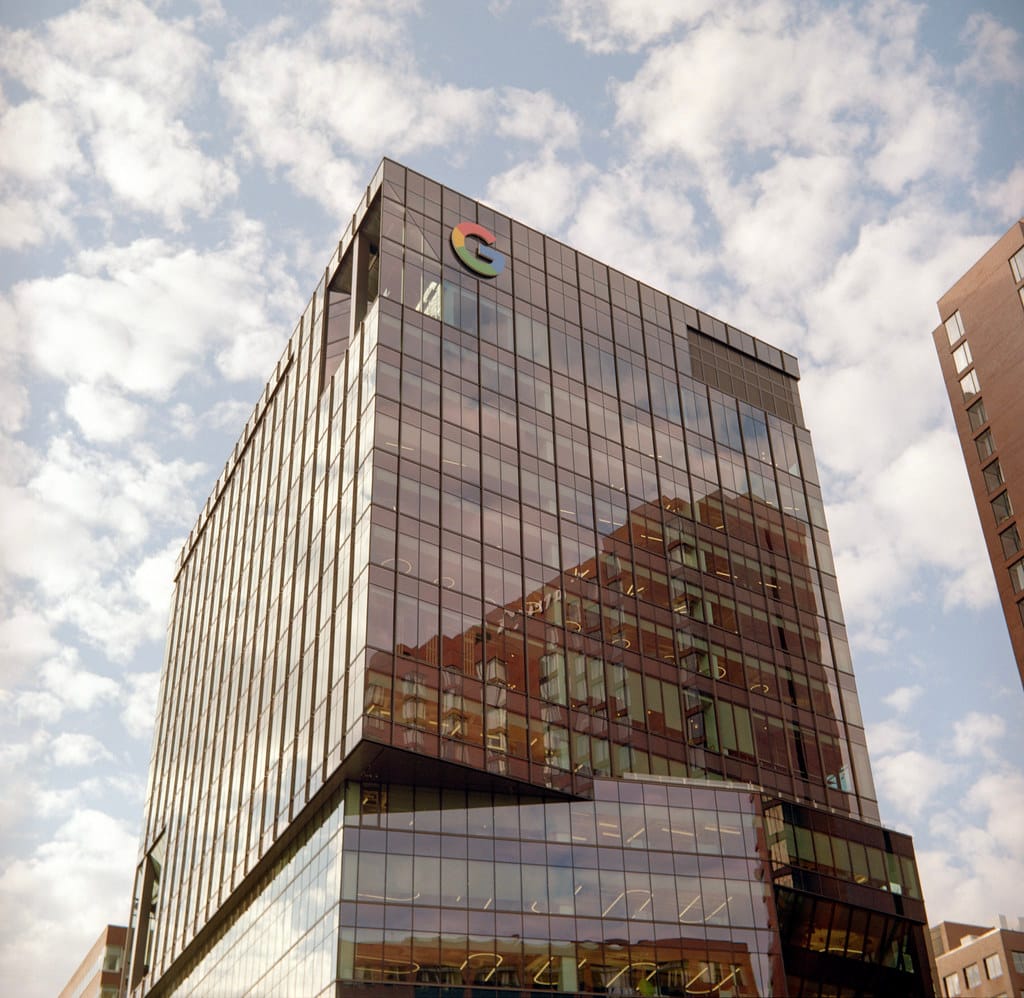Power Surge: Why Your Electricity Bill Is Outpacing Inflation by 200%
While Americans struggle with rising costs across the board, one expense is quietly draining household budgets faster than almost any other: electricity. Recent data reveals that electricity prices have surged at more than twice the rate of general inflation, creating an energy affordability crisis that's hitting consumers when they can least afford it.
The Shocking Numbers Behind Rising Energy Costs
Over the past two years, electricity prices have climbed approximately 15-20% in many regions, while the Consumer Price Index has risen by roughly 8%. This dramatic disparity means that for every dollar of general price increases consumers face, they're paying two dollars more for electricity.
The average American household now spends over $125 per month on electricity, compared to $110 just three years ago. For families already stretched thin by inflation in groceries, housing, and transportation, this additional burden is forcing difficult budget decisions.
What's Driving the Energy Price Explosion?
Infrastructure Investment and Grid Modernization
Much of the price increase stems from necessary but expensive infrastructure upgrades. Utilities are investing billions in grid modernization, smart meters, and cybersecurity improvements. While these investments promise long-term benefits, the immediate costs are being passed directly to consumers through rate increases.
The aging power grid requires substantial overhauls to handle extreme weather events, integrate renewable energy sources, and meet growing demand. These infrastructure projects, while essential, carry price tags in the billions that utilities recover through customer rates.
The Renewable Energy Transition Tax
The shift toward renewable energy, while environmentally crucial, comes with significant upfront costs. Solar farms, wind installations, and battery storage systems require massive capital investments. Additionally, utilities must maintain backup conventional power plants for when renewable sources aren't producing, effectively forcing customers to pay for dual systems.
Supply Chain and Labor Pressures
Like many industries, the energy sector faces supply chain disruptions and labor shortages. Specialized equipment for power plants and transmission lines has become more expensive and harder to obtain. Skilled electrical workers command higher wages, and these costs inevitably flow through to consumer bills.
Extreme Weather's Expensive Toll
Climate change is driving more frequent and severe weather events, from Texas freeze events to California wildfires. These disasters damage infrastructure, force expensive emergency repairs, and require utilities to invest in more resilient systems. The costs of weatherizing the grid and rebuilding after disasters are substantial and recurring.
Regional Variations Tell Different Stories
The pain isn't distributed equally across the nation. Texas residents have seen some of the steepest increases, with prices jumping over 25% in some areas following the 2021 winter storm and subsequent grid improvements. California's fire-prone regions face both higher baseline rates and volatility from shut-offs during high-risk weather.
Conversely, areas with abundant hydroelectric power, like the Pacific Northwest, have experienced more moderate increases. However, even these traditionally low-cost regions aren't immune to the broader trend.
The Ripple Effects on Households and Businesses
Rising electricity costs create cascading effects throughout the economy. Small businesses operating on thin margins find themselves squeezed between higher energy bills and reluctance to raise prices on inflation-weary customers. Manufacturing companies are reconsidering expansion plans, and some are even relocating operations to regions with more stable energy costs.
For households, the impact varies significantly by income level. Lower-income families, who spend a larger percentage of their income on basic utilities, face the harshest burden. Energy poverty—spending more than 6% of income on utilities—is becoming increasingly common.
Looking Ahead: When Might Relief Come?
Energy experts suggest that while some price pressures may ease as supply chains normalize, structural factors will likely keep electricity costs elevated for years. The ongoing energy transition, infrastructure needs, and climate adaptation requirements represent long-term cost drivers that won't disappear quickly.
However, technological advances in renewable energy and storage are beginning to show promise for eventual cost reductions. Solar and wind power are becoming cheaper to generate, and improved battery technology could help utilities manage peak demand more efficiently.
Taking Action: What Consumers Can Do Now
While individual consumers can't control wholesale electricity prices, they can take steps to minimize their exposure. Energy efficiency improvements, time-of-use rate programs, and smart home technologies can help reduce consumption during peak-price periods.
The electricity price surge represents more than just another line item in household budgets—it's a fundamental shift that demands attention from policymakers, utilities, and consumers alike. As the energy transition continues, finding ways to manage costs while maintaining reliability will be crucial for economic stability and energy equity.

